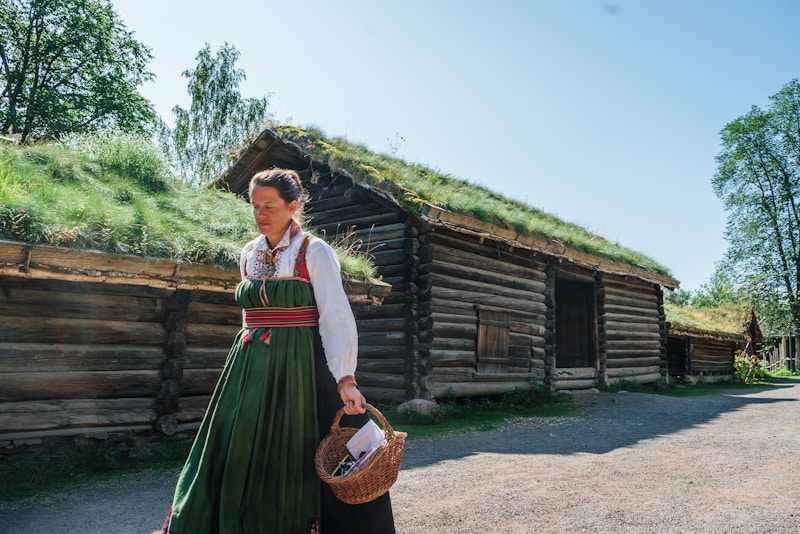Exploring the Historical Influence on Bridal Fashion: A Journey Through Time
Exploring the Historical Influence on Bridal Fashion: A Journey Through Time
Introduction to Bridal Fashion Evolution
Bridal fashion has undergone a remarkable transformation over the centuries, shaped by various cultural, social, and historical influences. This article delves into the rich tapestry of bridal attire, examining how historical events, figures, and societal norms have left an indelible mark on wedding fashion. From the opulent gowns of royal weddings to the simplistic styles influenced by war and economic downturns, understanding these factors enriches our appreciation for modern bridal wear.
The Origins of Bridal Fashion
Bridal fashion can be traced back to ancient civilizations where weddings were significant social events, often marked by elaborate attire. In ancient Rome, brides would wear simple tunics and floral crowns, symbolizing purity and fertility. The choice of color played a crucial role; while white is predominantly embraced today, red was once a popular color, signifying prosperity.
Early Historical Influences
| Period | Bridal Fashion Characteristics | Influences |
| Middle Ages | Heavy fabrics, long sleeves, and veils | Religious customs and social class distinctions |
| Renaissance | Rich colors, intricate designs, and lavish adornments | Wealth, status, and the influence of art |
| Victorian Era | White dresses, lace details, and modest silhouettes | Queen Victoria’s wedding to Prince Albert |
The Impact of Iconic Weddings
Historical figures have often set trends with their wedding attire. Perhaps the most significant influence came from Queen Victoria, who wore a white gown made of silk satin for her marriage to Prince Albert in 1840. This choice not only popularized the white wedding dress but also transformed the way brides approach wedding attire. The notion of a bride wearing white became synonymous with purity and innocence, deeply embedding itself into Western culture.

In the years that followed, various cultures began to embrace unique bridal styles influenced by their heritage. In India, for instance, brides often wear vibrant red and gold traditional saris, which symbolize love and prosperity. Meanwhile, in China, auspicious colors like red are traditionally worn during weddings to ward off evil spirits and bring good fortune.
Bridal Fashion in the 20th Century
As we moved into the 20th century, the world experienced significant upheaval—two World Wars, the Great Depression, and various social revolutions impacted societal norms and subsequently bridal fashion. Post-World War II, there was a return to traditional values, leading to an increase in opulent fabrics and styles reminiscent of the Victorian era.
Modern Influences and Trends
Today, bridal fashion continues to evolve, heavily influenced by celebrity culture and fashion industry trends. High-profile weddings, such as that of Kate Middleton to Prince William in 2011, brought back elements of classic bridal style while introducing contemporary twists. Her lace-sleeved gown designed by Sarah Burton for Alexander McQueen sparked a revival of vintage elegance among brides worldwide.
Bridal Fashion Around the World
| Country | Traditional Attire | Modern Influence |
| India | Red and gold sari | Fusion styles incorporating Western elements |
| China | Qipao or Cheongsam | Western-style dresses alongside traditional attire |
| Japan | Shiro-muku (white kimono) | Mix of modern gowns and traditional kimonos |
FAQs About Bridal Fashion
Brides-to-be often have numerous questions surrounding bridal fashion. Here are some frequently asked questions:
1. What color should a modern bride choose?
While white remains classic, many brides now opt for colors that reflect their personality, such as blush, champagne, or even bold hues.
2. How have cultural influences shaped wedding dresses today?
Cultural influences have led to a beautiful blend of styles, with many brides choosing to incorporate elements from their heritage into their gowns.
3. What accessories are essential for a bridal look?
Accessories such as veils, tiaras, and statement jewelry can significantly enhance a bridal look, adding a personal touch to the overall attire.
Conclusion
The historical influence on bridal fashion is a fascinating journey that reflects societal changes, artistic movements, and cultural ideas throughout time. As we observe the constant evolution of bridal wear, it becomes evident that the past plays an essential role in shaping contemporary styles. Today’s brides have the opportunity to draw inspiration from a rich history while also making a statement that is uniquely their own.
As you plan your bridal look, consider the historical influences that resonate with you. Remember, your wedding attire is not just a garment; it is a representation of your individuality, values, and the rich tapestry of history that has shaped bridal fashion.
